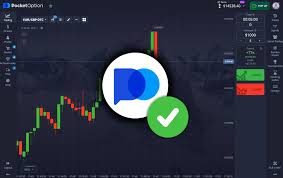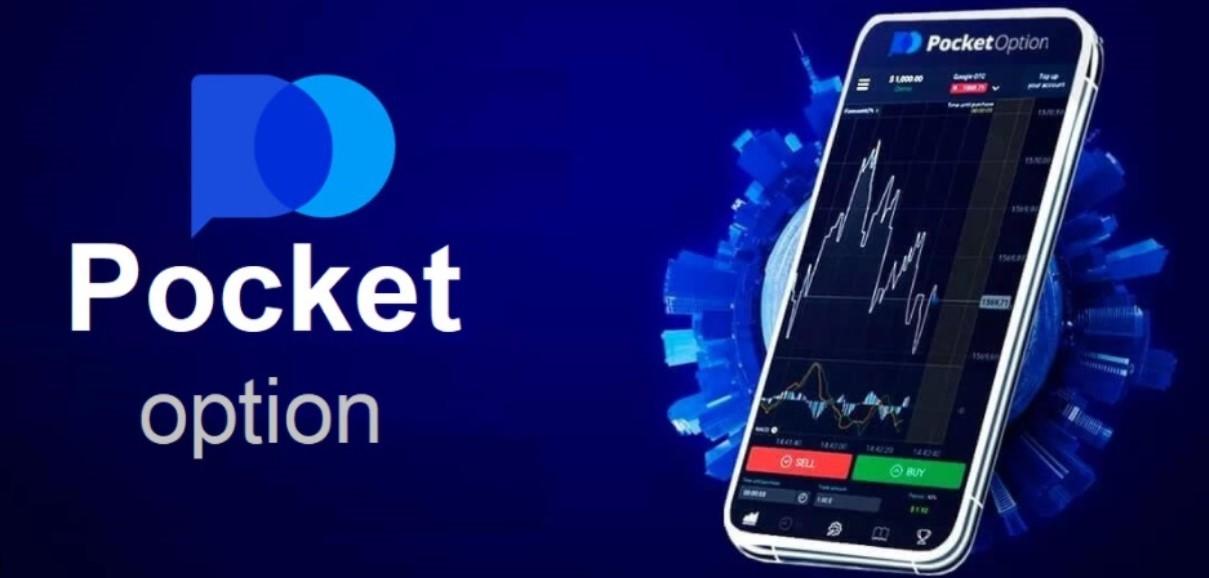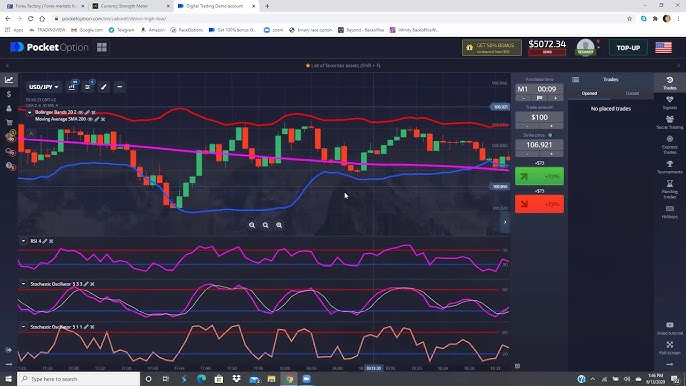
Understanding the Fees Pocket Option: Maximize Your Trading Experience
When entering the dynamic world of online trading, knowing the Fees Pocket Option fees Pocket Option can profoundly affect your profit margins and overall trading experience. As one of the popular trading platforms, Pocket Option offers numerous opportunities for traders. However, understanding their fee structure is crucial. This article will provide a comprehensive overview of the various fees involved, helping you make informed decisions and optimize your trading strategy.
1. Overview of Pocket Option
Pocket Option is a trading platform that allows users to trade a variety of financial instruments, including forex, cryptocurrencies, and commodities. Established in 2017, it quickly gained popularity among retail traders due to its user-friendly interface, a wide range of assets, and features that cater to both novice and experienced traders.
What sets Pocket Option apart from other platforms is its focus on accessibility, offering no minimum deposit requirements and a demo account to familiarize users with the trading environment. However, alongside these benefits, the fee structure is a vital aspect that requires careful consideration.
2. Types of Fees Incurred on Pocket Option
The fees associated with trading on Pocket Option can broadly be categorized into several types. Understanding each type is essential for effective financial management.
2.1 Deposit Fees
One of the first fees traders encounter is the deposit fee. Fortunately, Pocket Option does not charge any deposit fees for most funding methods, including bank cards and e-wallets. This policy makes it easier for users to start trading without worrying about the initial costs, providing a more equitable entry point into the trading arena.

2.2 Withdrawal Fees
While deposits are free, traders must pay attention to withdrawal fees. Pocket Option imposes a withdrawal fee that varies depending on the method used. For example, e-wallet withdrawals might incur different fees compared to bank transfers. Users should always check the latest fee schedule on the official site to understand how much they will be charged when withdrawing their profits.
2.3 Trading Fees
Trading fees refer to the costs associated with executing trades on the platform. Pocket Option operates a relatively straightforward fee structure for trades, primarily focusing on spreads. In essence, the spread is the difference between the buying and selling price of an asset. While some traders may find these spreads reasonable, it’s imperative to monitor them since they can affect short-term trading strategies.
2.4 Inactivity Fees
Pocket Option also charges inactivity fees for accounts that remain dormant for an extended period. This fee is designed to encourage users to either trade or withdraw their funds. Understanding the inactivity fee policy is crucial to avoid unnecessary charges if your trading activity slows down or if you plan to take a break from trading.
3. Comparing Pocket Option Fees with Competitors
When evaluating a trading platform, it’s beneficial to compare its fees with those of its competitors. Pocket Option is known for its competitive fees, especially regarding deposit and trading activities. However, while some platforms offer lower spreads, they may charge higher withdrawal fees or have higher inactivity fees.
By comparing these aspects, traders can determine which platform best suits their trading style and financial objectives. Take note of the various fee structures of other platforms alongside Pocket Option’s offers for a well-rounded perspective.
4. Strategies to Minimize Trading Costs

Understanding fees is essential, but employing strategies to minimize them can significantly enhance your profitability. Here are a few strategies that you can apply:
4.1 Choose the Right Deposit and Withdrawal Methods
Opt for the most cost-effective deposit and withdrawal methods. e-Wallets may offer faster transactions with lower fees compared to bank transfers. Take the time to review the fee structure of each method before committing to one.
4.2 Monitor Your Trading Activity
Regularly evaluate your trading activity to avoid inactivity fees. If you plan to take a break, consider withdrawing your remaining balance to prevent charges from accumulating.
4.3 Utilize the Demo Account
Leverage the free demo account provided by Pocket Option to refine your trading strategies without incurring any fees. Practicing in a risk-free environment will build your skills and confidence.
5. Conclusion
In summary, while Pocket Option offers a user-friendly platform with a variety of trading options, it is essential for traders to understand the associated fees to maximize their trading experience. From deposit to withdrawal fees, trading spreads to inactivity charges, being well-informed can help you make strategic decisions and enhance your profitability.
As you navigate the world of online trading, always keep the fees Pocket Option in mind to ensure a successful and rewarding trading journey. With knowledge and strategy, you can overcome the challenges posed by fees and focus on achieving your financial goals.
